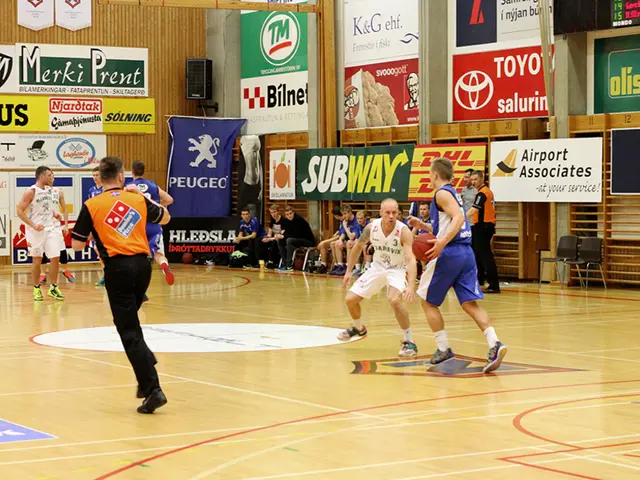In the second quarter, Germany saw a notable dip in economic expansion. Investments in machinery, equipment, and vehicles decreased by 4.1%, and construction investments followed suit with a 2.0% reduction. Germany's exports of goods and services barely budged, growing merely 0.2%, while imports remained constant. Conversely, private consumption dropped by 0.2%, contrasting its positive start to the year with a 0.3% increase. Surprisingly, government consumption expenditures surged by 1.0%, maintaining overall consumption steady.
Consumer spending, however, shows a bleak picture as per market research firms GfK and the Nuremberg Institute for Market Decisions. August saw a significant decline in consumer sentiment, with market enthusiasts attributing it to the brief euphoria from Germany's European Championship victory. The export sector, too, hasn't been contributing significantly to the economy's growth, with the Ifo Institute reporting continued deterioration in its sentiment.
Germany's economic progress has lagged behind various international states, including the EU with a 0.3% GDP growth and Spain and France with 0.8% and 0.3% growth, respectively. Even the US managed a growth of 0.7% compared to the preceding quarter. The economy entered the summer quarter "without much drive," according to KfW development bank's chief economist, Fritzi Köhler-Geib. However, she remains optimistic about a mild economic growth in the third quarter.
ING analyst Carsten Brzeski maintains optimism for the second half of the year, with the prospect of consumers spending more due to the highest real wage increase in over a decade and substantial inventory levels. Köhler-Geib expects a gradual recovery of the German economy in the following quarters, predicting a notably positive annual growth for next year. High real wages, which increased by 3.8% and 5.3% for quarterly and biannual net average earnings respectively, are primarily responsible for this increase.
Amidst the drop in investments in equipment and construction, contributing to potential decreases in Germany's gross domestic product, the export sector hasn't been driving the economy's growth as expected. As a result, Germany's economic progress trails behind numerous international states.
Additional Insights
Germany's economic slowdown in 2024 can be attributed to several factors, including weak industrial production, high energy costs, declining competitiveness, geopolitical uncertainty, structural issues, and weak external demand. Complicating the situation is the relatively high interest rate level, negatively impacting corporate credit demand and investment activity.
The predicted growth rate for Germany in 2025 is relatively low compared to other G20 nations, reflecting ongoing challenges in key sectors. Safeguarding against these challenges is paramount, with timely policy adjustments and effective support to help the economy bounce back.




